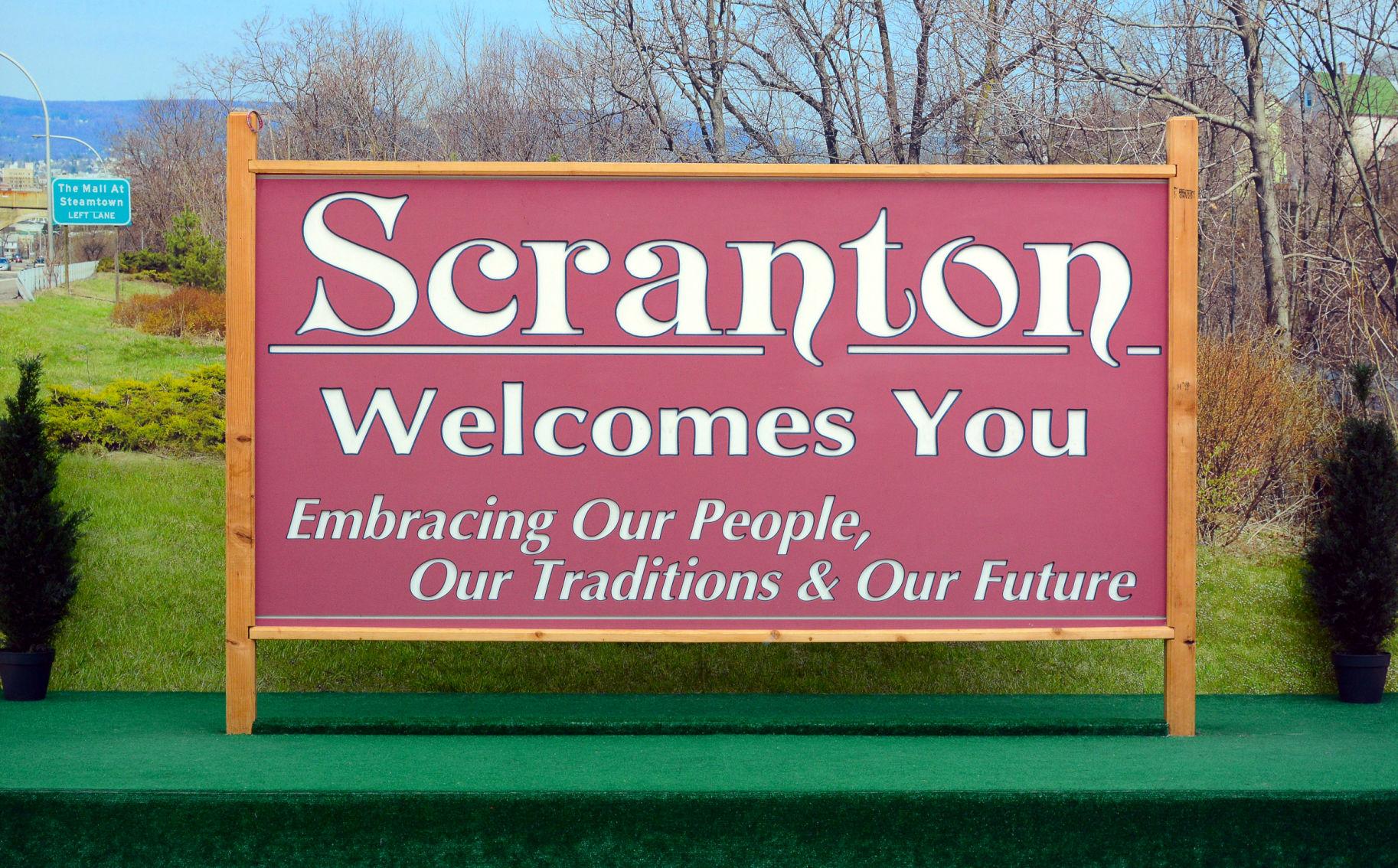NE PA Communities Reflect National Trends

By Teri Ooms
In northeastern Pennsylvania, so often a microcosm of national trends, communities face workforce challenges as pandemic life gradually recedes. In the Poconos, where tourism is a multibillion-dollar annual industry, the hospitality sector struggles to find workers.
“In our neighborhood, you go to any restaurant, any hotel, any waterpark, and everyone is short-staffed,” one restaurant owner told the Pocono Record. The co-owner of a Scranton-based grocery chain noted that he “could probably hire about 100 people today.”
Such anecdotes are illustrative of northeastern Pennsylvania’s services-sector labor market but also reflective of similar regions at the state and national levels. As the Bureau of Labor Statistics predicted earlier this year, the pandemic era will contribute to major employment declines among occupations that don’t require advanced education degrees. This includes major industries in the northeast’s Poconos and anthracite coal region such as food services, retail, and transportation. Meanwhile, occupations in medicine, technology, and the health sciences are expected to grow.
Northeastern Pennsylvania’s economy has dramatically changed since anthracite coal mining fueled America’s industrial growth, turning this region into a hub of commerce and innovation. After World War II, when the industry collapsed, community-driven economic development revived the Scranton-Wilkes-Barre-Hazleton corridor with industrial parks and manufacturing growth. Today, thanks to large medical systems, the healthcare sector is a major regional employer. Community and social-service occupations, moreover, have the second-highest projected annual growth rate. And since the 2000s, the logistics, distribution, and warehousing industries have established a major presence.
But now, as retirees exit the workforce in northeastern Pennsylvania and elsewhere, there aren’t enough younger people to fill the vacancies. This is a problem not only for employers but also cities and towns striving to recover from COVID. As hiring continues at a brisk pace, it’s important for communities to embrace workforce-development measures that attract and retain those younger workers who, even before the pandemic, were inclined to relocate elsewhere.
Despite challenges, though, northeastern Pennsylvania is well positioned to attract and build its labor force – particularly younger workers. Through talent incentives, communities and employers can recruit employees seeking a low cost of living in an area boasting many alluring characteristics, including beautiful scenery and a rich culture. The region, moreover, is located within close proximity to major metros, including New York and Philadelphia, thanks to interstate highways. Remote work is here to stay. For those metro workers wearied by urban living, northeastern Pennsylvania offers affordable housing, charming towns, and bucolic settings.
Workforce retention has a marketing component, too. Internships at local employers, such as nonprofits, can create serendipitous moments for students through networking and community events. Marketing initiatives, such as Discover NEPA, promote quality of life through engagement on social media and small-business promotion. Those initiatives could expand by connecting students with local job opportunities.
Area employers, in addition to support services, play an important part, too. They can offer training and advancement opportunities to their workers – efforts that, in turn, can help retain talent, build a skilled workforce, and create opportunities for new employees. Improved resources, particularly access to childcare, would improve labor-force participation, productivity, and educational attainment. Indeed, access to childcare is a common factor for parents when deciding where to look for work.
Such initiatives, though, aren’t possible without the state, which should consider supporting loan repayment or forgiveness programs that attract and retain graduates in high-demand occupations. As it stands, Pennsylvania offers such programs, though they are tailored for specific occupations, like primary-care practitioners. Lawmakers should consider expanding these programs and offering them to skilled professionals.
As recovery from the pandemic continues, northeastern Pennsylvania can demonstrate how workforce development succeeds through regional efforts. Like elsewhere in the Rust Belt, this storied pocket of Pennsylvania continues to adjust to economic transition. Coordinating efforts can maximize opportunities for all.






